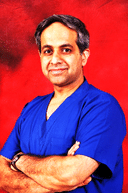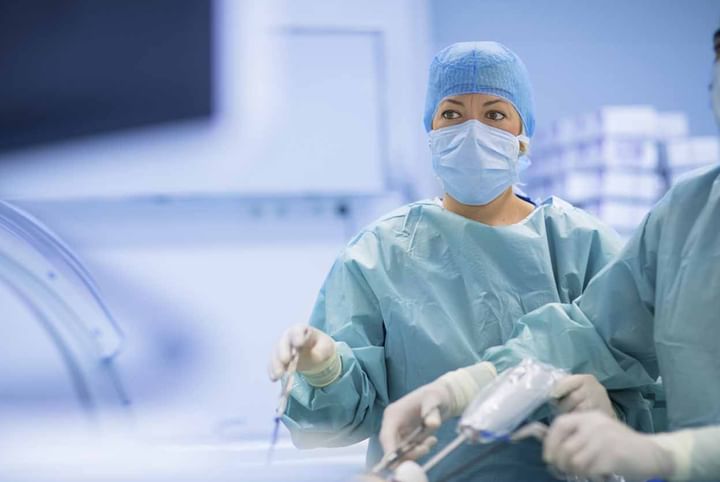Guided Growth: Orthopaedic Correction Of Deformity
Physical deformities that occur due to birth defects can affect one both physically and psychologically, and thus giving them the right treatment is important. Typically, a physical deformity usually refers to musculoskeletal deformities and these can be treated using deformity correction.
Deformity correction refers to the process of adjusting or modifying such bone deformities. Although the process can be used for almost any part of the skeletal structure, it is usually implemented on the limbs at knee joints through surgery or orthotic devices.
Guided Growth For Deformity Correction
The deformities that can be corrected are stem from congenital or developmental deformities which occur at childbirth. Such deformities get worse with age, if not treated early before the age of four. One of the most effective procedures for correction of deformities is guided growth.
Hemi-epiphysiodesis for deformity correction has been performed for many years using staples. This procedure offered very little flexibility and caused several problems such as mal-placement, bending and breakage. As a result of this procedure drawback, the new eight-Plate technique had to be adopted .
The eight-Plate technique is a form of guided growth, which overcomes the obstacles faced by hemi-epiphyseal stapling. The eight-Plate gets its name from its figure eight shape, and it is a device that’s the size of a paper clip. It has two holes for screws, and one side of it is meant for holding the growth plate. The two screws diverge within the plate, as the opposite side of the physis gradually expands and grows. The hinge action prevents the growth plate from being compressed, thus allowing proper growth to take place when the plate is removed without causing any damage. Since the plate is manufactured with titanium, it ensures flexibility and the least chances of breakage.
How is the eight-Plate fitted?
The fitting of the plates involves a surgical procedure under general anesthesia, and the patient can be treated on a day case basis. During the surgical procedure, a 2-3 cm incision is made at the level of physis of the bone that needs correction. The plate is then inserted with the help of x-ray control for optimum placement. The procedure is not restricted to only one deformity, since multiple deformities can be surgically operated within the same procedure inserting a single eight-Plate per physis.
Recovery time
Although, the patient may initially need the support of crutches, the post-operative recovery is rapid. Normal physical activities can be resumed after 3 weeks. As for the correction time, the implant prevents growth on one side of the plate, while allowing normal growth to take place on the other side.
Since growth occurs gradually, the correction can take place over a span of several months up to 2 years. During the recovery period, regular follow-ups with full-length x-rays of both legs shall be required to track every step of the recovery process by your surgeon. After the deformity has been corrected, the eight-Plate is surgically removed under general anesthesia.



+1.svg)
